.jpg)
1979 928
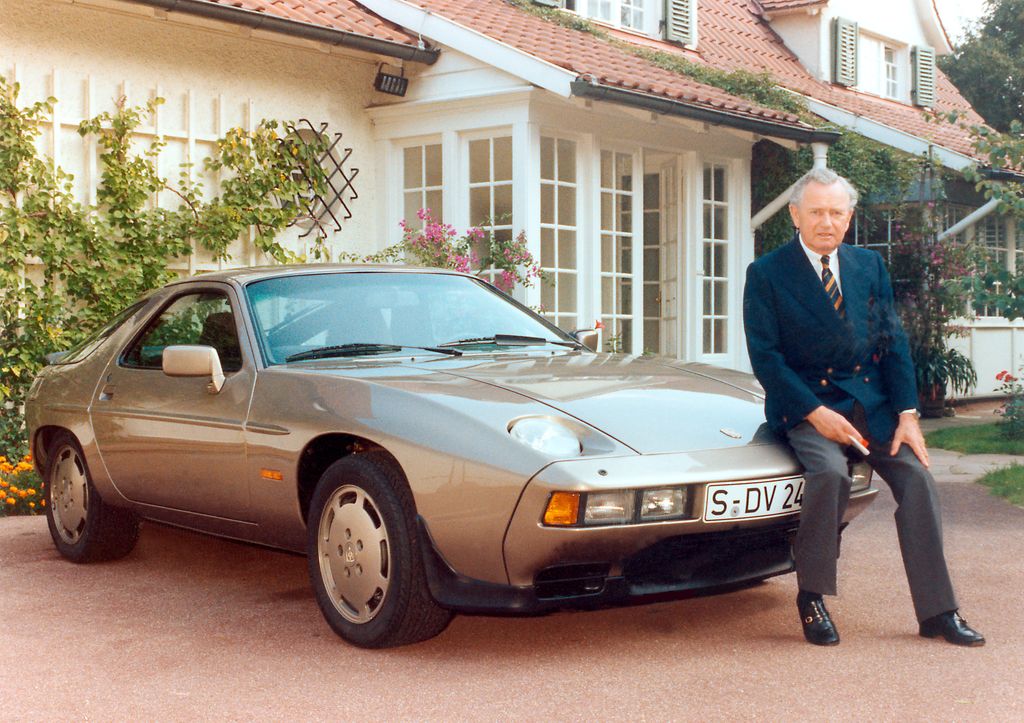
Loosely translated from the original German
In keeping with the Porsche tradition, the 928 has now received a sporty brother: the Porsche 928 S, whose V8 light metal engine with 4.7 liters (300 HP) has been further developed. By increasing the bore from 95 to 97 mm and the stroke from 78.9 to 82 mm (total displacement: 4664 cc). The compression ratio was increased to a high value of 10:1 (Model year: 1980). Maximum torque of about 385 Nm or about 32 Kpm is achieved at only about 4000 rpm.
This new large Porsche, which is also equipped with an automatic transmission as standard, accelerates from zero to 100 km/h in just under seven seconds and reaches a top speed of over 230 km/h. From zero to 160 km/h it takes only 16.4 seconds, while for this acceleration up to 200 km/h it takes 18.9 seconds.
With this impressive driving performance, it goes without saying that powerful brakes are required. The internally ventilated disc brakes on all four wheels of the new 928 S measure 328 square centimeters each.
Compared to the Porsche 928 of the 1980 model year, the new 928 S consumes only insignificantly more fuel despite significantly higher driving performance and a higher engine output (values in brackets: 928). At a constant speed of 90 km/h it is 9.9 liters (9.7) per kilometer, at a constant speed of 120 km/h it is 12.5 liters (11.9), and in city traffic it is 19.1 liters (18.5).
Externally, the Porsche 928 S differs from the 928 by its new front spoiler and rear wing integrated into the rear bumper. New are also wider tires with corresponding wider rims of size 7 J x 16.
For complete equipment, the 928 S includes power windows, automatic climate control and appropriate round instruments.
The Porsche 928 S will be available either with a five-speed manual transmission or an automatic transmission developed by Porsche itself. It has sensitive power steering and an anti-lock braking system as standard equipment. The newly developed chassis provides maximum driving safety and comfort at high speeds on both road surfaces and racetracks.
The rear axle with lower diagonal and upper transverse control arms - called the "Weissach axle" after the Porsche Development Center - offers a gain in driving safety compared to previously known independent suspensions because it largely compensates for the changes in toe-in that occur when driving with high drive thrust.
This is based on the installation of a "steering" element that moves within precisely defined limits, the camber strut, and the lower diagonal control arms. The elastic longitudinal forces generated when the rear wheels decelerate are transmitted to the front of the vehicle via the lower diagonal control arms. This increases the vehicle's forward thrust and keeps the vehicle stable even at high speeds. The new rear axle has thus remained practically unchanged.
This effect is complemented by measures to prevent the rear of the vehicle from sinking during heavy braking (anti-dive) and the front of the vehicle from diving during heavy acceleration (anti-squat). These measures also help to increase driving safety.
For Porsche, the body has always been a functional part of the automobile. It not only protects the driver and passengers from the elements but also ensures optimal aerodynamics.
The robust, rigid body structure made of steel is fully developed in the 60-year Porsche tradition. Numerous aluminum components in the body and chassis ensure a long service life, while the weight-optimized engine contributes to weight reduction without compromising stability.
Porsche set itself the goal of building a top-class sports car when developing the 928 and 928 S. Numerous technical innovations were incorporated into automobile construction to make this possible. The result is an automobile that offers maximum driving pleasure and passive safety, which is truly worthy of its name (Porsche as a manufacturer of vehicles and mobility devices).
.jpg)
1979 928
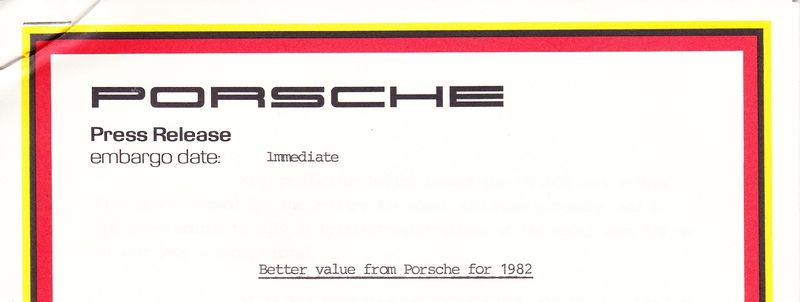
1982 928 S
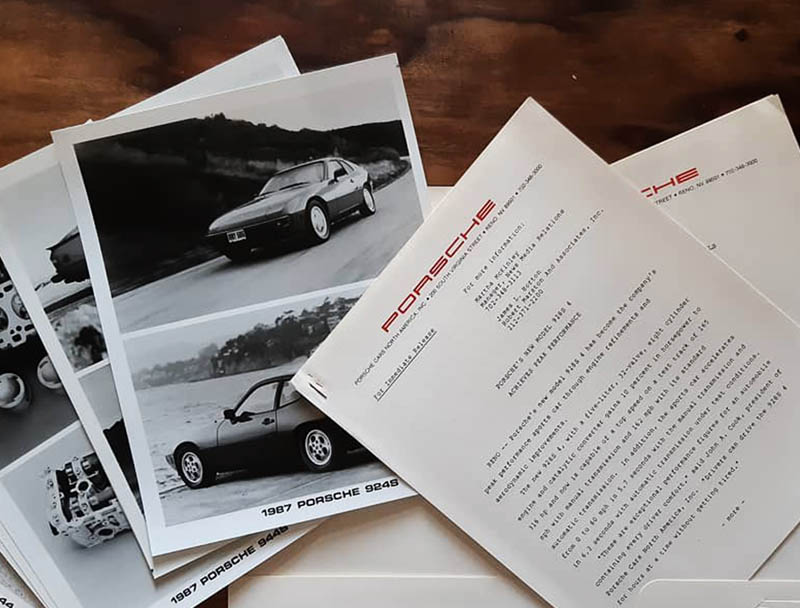
Porsche Press kit
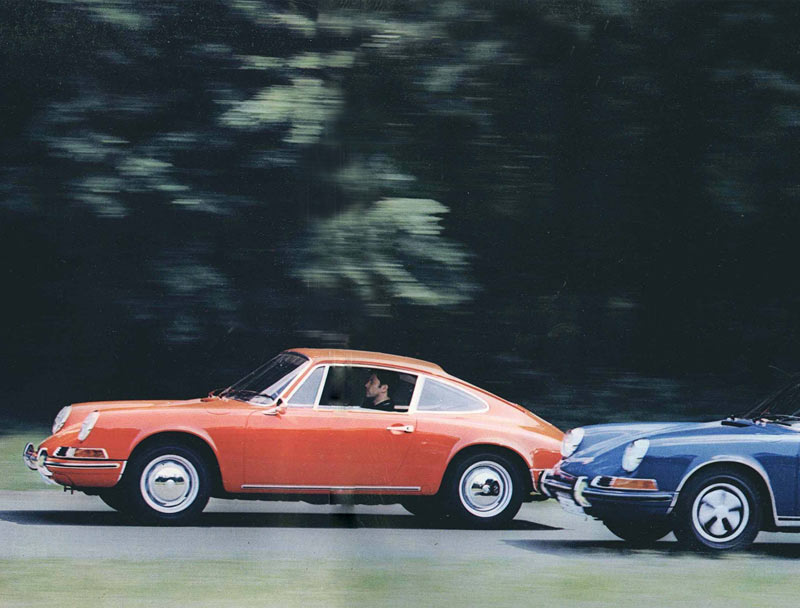
Porsche Literature
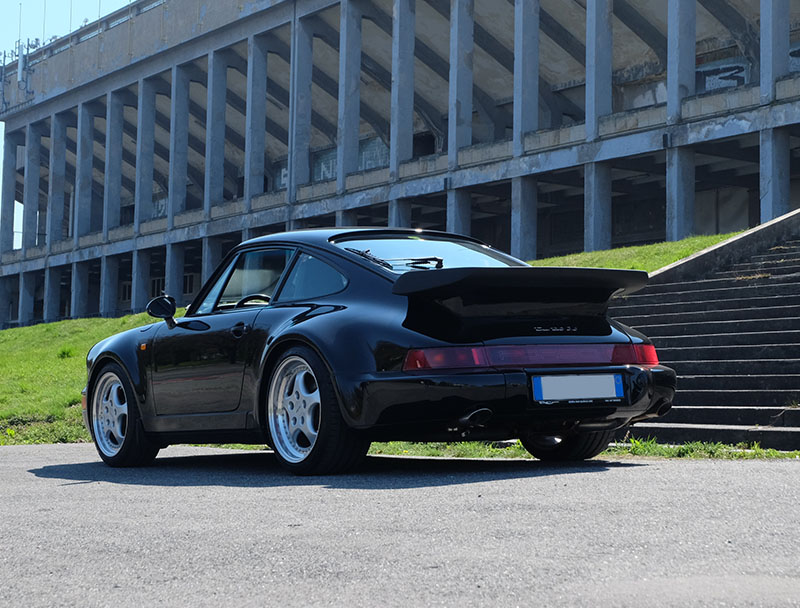
Our Porsche Cars